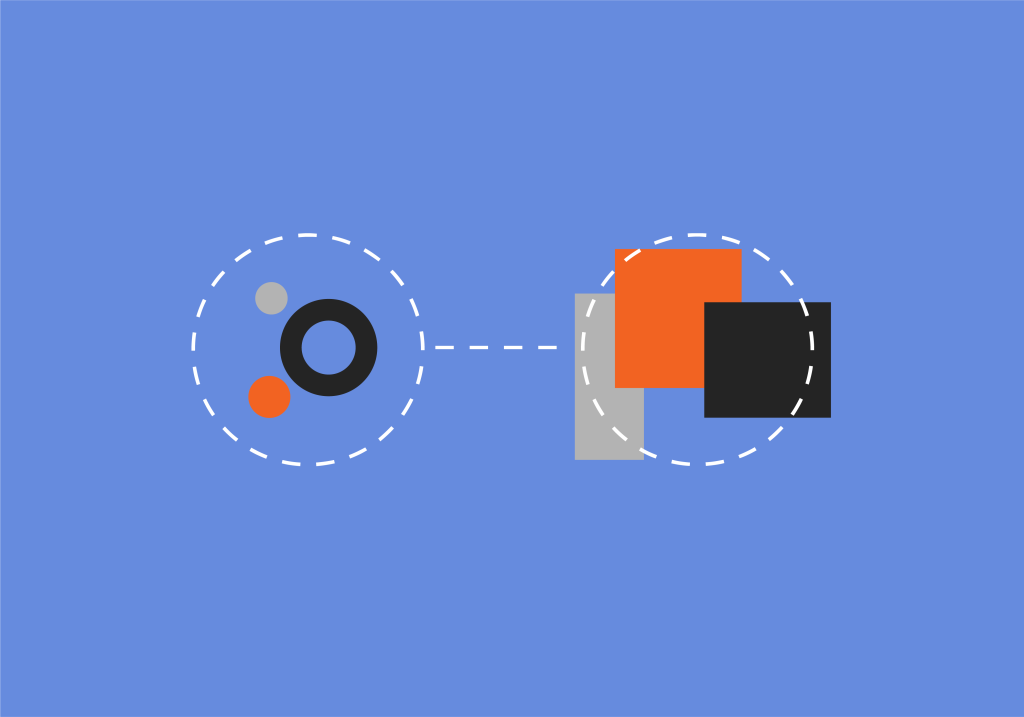In the lower middle market, Brand is often treated as a finishing touch—a new name, a sharper logo, maybe a website overhaul. And in many cases, that creative work is long overdue.
But in the consumer marketplace—for both big Consumer Packaged Goods and PE-backed challenger brands—Brand isn’t window dressing. It’s a commercial tool. It helps companies sell more, price higher, and stretch farther. It’s how businesses build trust with customers and prospects, establish distinction vs. competitors, and get recognized for the value they deliver.
At MonogramGroup, we develop that same brand discipline for a different kind of company: B2B and industrial players in the lower middle market. What we’re finding is clear—the business case for Brand is strong, and the payoff doesn’t have to wait until exit.
Brand isn’t just about identity. It’s how your business shows up in the market, how your team tells the story, and how your offering is valued—often before a future customer ever speaks to Sales.
Here are four ways Brand strategy translates directly into revenue impact:
| Revenue Lever | How Brand Helps | Supporting Data |
| Conversion | Clear positioning builds trust and accelerates decision-making | McKinsey: +2x conversion when brand and sales align |
| Pricing Power | Differentiation signals value and reduces discount pressure |
Bain: Buyers pay 10–20% more for trusted brands |
| Retention & Loyalty | Consistency and emotional clarity keep customers engaged longer |
McKinsey: Strong brands retain 30–50% longer |
| Expansion | Credible brands earn permission to enter new segments, add new offerings, and integrate acquisitions | Bain: Brand-led expansions are 60% more likely to succeed |
From CPG to Industrial: The Same Principles Apply
In the Consumer arena, brand performance is tracked down to the product SKU—measuring lift in velocity, pricing realization, and repeat rates.
In B2B and industrial sectors, the inputs may differ, but the outcome is the same: Brand shapes perception, and perceptions shape revenue.
Whether you’re trying to increase qualified leads, move upmarket, or break free from pricing pressure, Brand plays a central role.
A Simple Gut Check: Is Your Brand Pulling Its Weight?
If you’re unsure whether Brand is helping or hurting your commercial efforts, here are a few quick questions to ask:
- Do prospects perceive your brand accurately and positively?
- Do all your salespeople tell the same story—or their own version?
- Do you win on value, or just on price?
- Do customers stick around because of loyalty—or inertia?
- Can your brand stretch into new markets without needing to be re-explained?
If the answers raise doubts, that’s a signal: your brand may be underleveraged.
A Practical Framework to Evaluate Brand Impact
At Monogram Group, we use a simple, structured approach to assess brand effectiveness in the LMM context:
Two Key Dimensions:
- How well the brand works (i.e., clarity, cohesion, and impact across digital, social and sales touchpoints)
- How ownable the brand is (i.e., distinctiveness, consistency, and strength of signals)
This framework turns subjective gut feel into an actionable read on brand performance. We use it to help portcos and founder-led businesses understand where Brand is underperforming—and how to optimize it.
What This Looks Like in Practice
Elevating your brand strategy doesn’t have to mean a full rebrand. In the LMM context, the biggest wins often come from focused upgrades:
- Sales materials that feel buttoned-up and confident
- Physical and digital touchpoints that reinforce value and quality
- Messaging that sharpens positioning and sets expectations
- Talent/employer branding that supports culture and retention
The Takeaway
For PE-backed businesses under pressure to deliver near-term revenue and long-term value, Brand can’t sit in the marketing silo. It needs to be treated like any other operating lever—with clear strategy, measurable impact, and leadership-level attention.
Unlike cost-cutting or pricing games, Brand creates value customers can feel. It helps your company look more credible, sound more confident, convey competitive advantage, and sell more consistently.
Whether you’re selling cosmetics, beer, or bearing systems, the same principle holds:
Brand isn’t the polish at the end—it’s the engine underneath.
If you’re not sure whether your brand is helping or holding your business back, we offer a quick but powerful Brand Health Audit—designed specifically for lower middle market and founder-led businesses.
Our analysis will reveal where Brand is underleveraged across sales, pricing, and customer retention—and what to prioritize next.
Where are you leaving money on the table by underleveraging your brand? Let’s find out together.


